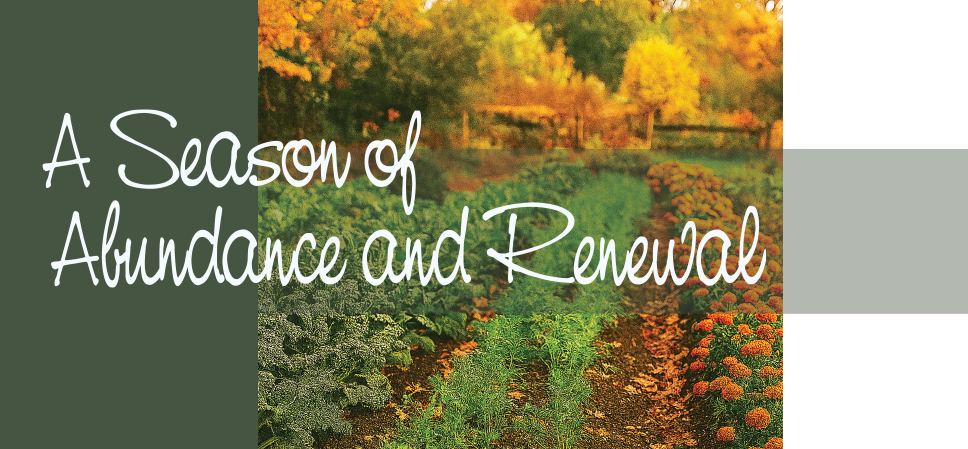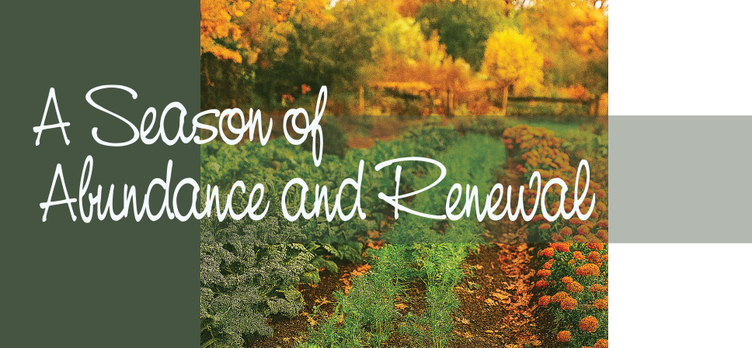As summer fades and cooler days settle over the 209, fall offers a golden opportunity for gardeners to refresh their plots and prepare for a productive winter. With mild temperatures and minimal frost risk, this region enjoys one of the longest growing seasons in the country—making autumn an ideal time to sow, transplant, and rejuvenate.
Planting for the Season
Fall is prime time for cool-season crops. Leafy greens like lettuce, spinach, and kale thrive in the crisp air, while root vegetables such as carrots, beets, and radishes develop rich flavor in cooler soil. Brassicas—broccoli, cauliflower, and cabbage—also perform well when planted in early fall, maturing just as winter sets in.
For gardeners who prefer blooms to bounty, fall is perfect for planting spring-flowering bulbs. Daffodils, tulips, and hyacinths benefit from the chill and will burst forth in vibrant color come March. Native perennials and drought-tolerant ornamentals can also be established now, giving them time to root deeply before next summer’s heat.
Soil and Bed Preparation
After a long summer, soil often needs replenishing. Add compost or well-aged manure to restore nutrients and improve structure. Mulching with straw or shredded leaves helps retain moisture, suppress weeds, and insulate tender roots. Raised beds should be checked for settling and topped off as needed.
Pest and Disease Management
Cooler weather doesn’t mean pests disappear. Aphids, cabbage loopers, and snails remain active, especially on tender greens. Use row covers to protect young seedlings and inspect plants regularly. Remove spent summer crops promptly to reduce disease carryover and discourage overwintering insects.
Pruning and Cleanup
Fall is a good time to prune dead or diseased branches from trees and shrubs, but avoid heavy pruning of frost-sensitive plants until spring. Clean up fallen fruit and leaves to prevent fungal issues and maintain garden hygiene. If you compost, balance green and brown materials to keep the pile active as temperatures drop.
Planning Ahead
The region’s forgiving climate allows for nearly year-round gardening, but fall is also a time to reflect and plan. Take notes on what thrived and what struggled. Sketch out crop rotations, order seeds early, and consider installing cold frames or hoop houses to extend your harvest into winter.
With thoughtful care and timely planting, fall in the 209 can be one of the most rewarding seasons for gardeners—full of growth, color, and promise.





